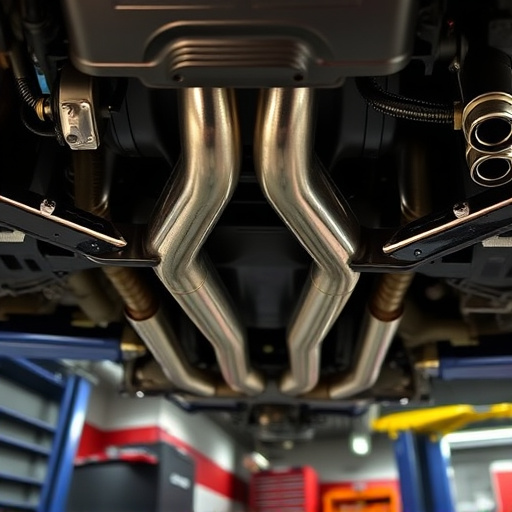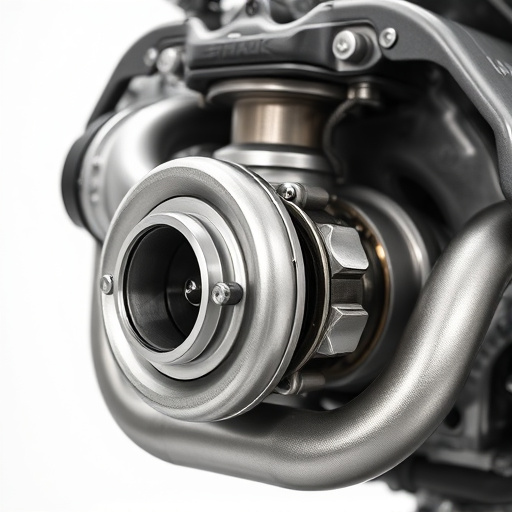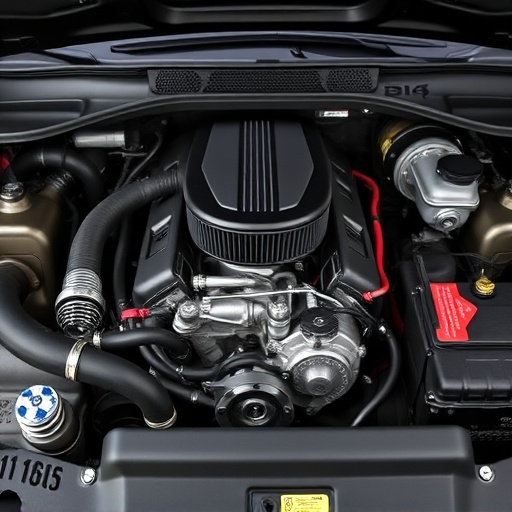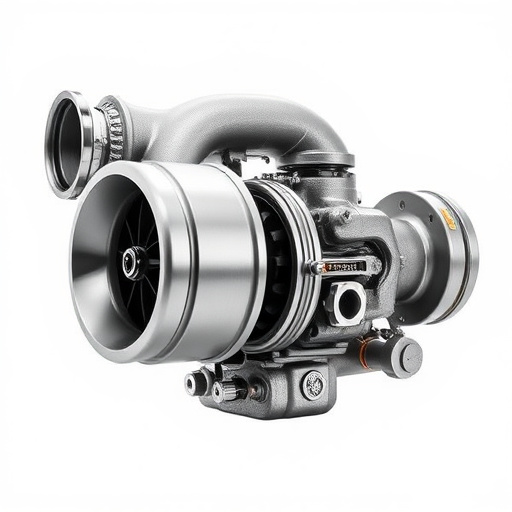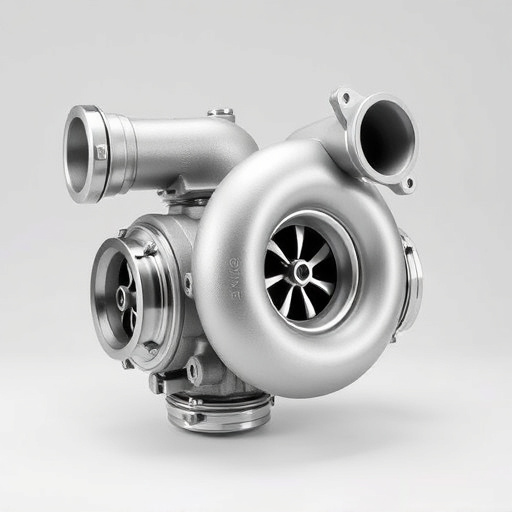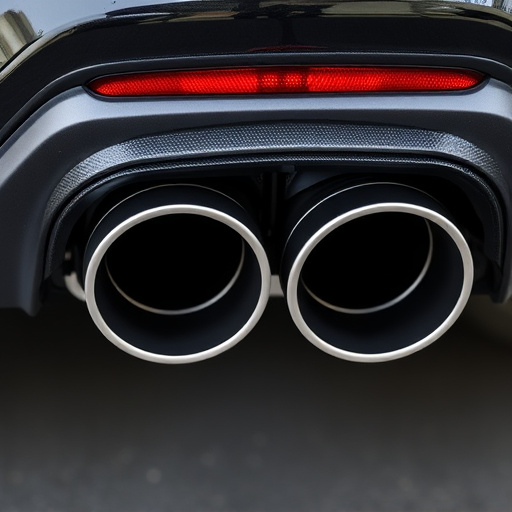Resonator and muffler modifications, like a resonator delete or muffler delete, alter auto exhaust sound and performance. A resonator delete intensifies engine sounds at higher RPMs, while a muffler delete produces louder, more aggressive notes overall but may be excessive in urban areas. Both can boost power but differ in effects; legal compliance requires checking local noise regulations and potential modifications to stay within limits.
“Wondering about the difference between a resonator delete and a muffler delete? This guide breaks down the key distinctions between these popular exhaust upgrades. First, we’ll explain the roles of resonators and mufflers in your vehicle’s exhaust system. Then, explore how deletes affect sound, performance, and legal compliance. By understanding these factors, you can make an informed decision for your ideal driving experience.”
- Understanding Resonator and Muffler Functions
- How Does Delete Impact Exhaust Sound?
- Performance and Legal Considerations for Deletes
Understanding Resonator and Muffler Functions
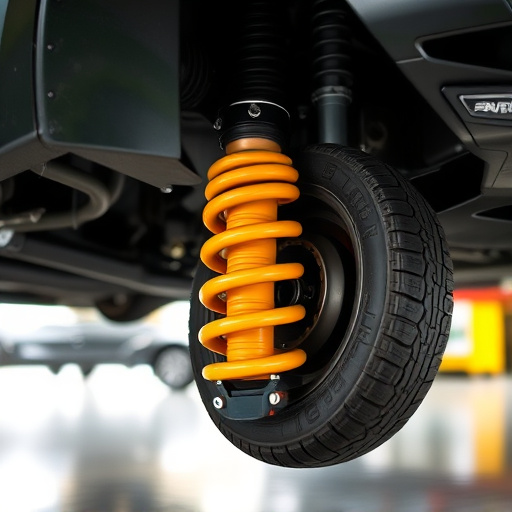
The resonator and muffler are two essential components of an automobile’s exhaust system, each playing a unique role in shaping the sound and performance of the vehicle. Understanding their functions is crucial when considering modifications like resonator delete or muffler delete. The resonator acts as a chamber that absorbs specific frequencies of sound generated by the engine, thereby reducing noise levels and improving overall exhaust tone. It works in harmony with the muffler, which is designed to muffle the remaining sounds, ensuring a quiet and refined driving experience.
Mufflers, on the other hand, are responsible for significantly lowering the overall decibel level of exhaust gases as they exit the vehicle. They achieve this through a series of chambers and perforated materials that disrupt and absorb sound waves. While both components contribute to noise reduction, their approaches differ. When considering a resonator delete, drivers might notice a more pronounced engine sound, especially at higher RPMs, due to the absence of the resonator’s noise-canceling effects. In contrast, a muffler delete could result in a more aggressive and louder exhaust note, particularly noticeable when accelerating or cruising at high speeds, as the muffler’s noise-dampening capabilities are removed.
How Does Delete Impact Exhaust Sound?
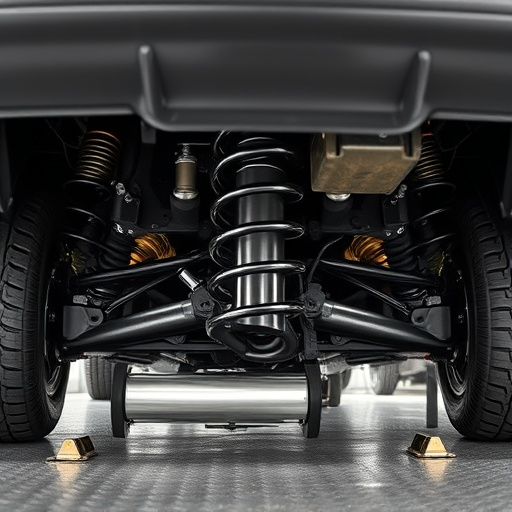
When you perform a resonator delete, the impact on exhaust sound is significant. The resonator is responsible for canceling out specific frequencies in the exhaust note, resulting in a smoother, more mellow tone. Removing it allows for a fuller, richer, and often louder exhaust sound, especially at higher RPMs. This change can be particularly noticeable if your vehicle has a sporty or performance-tuned engine.
In contrast to a resonator delete, a muffler delete eliminates the muffler entirely, which typically produces an even more aggressive and loud exhaust note. While it may offer a more raw and unfiltered sound that many enthusiasts appreciate, it can also result in excessive noise levels, especially in urban areas, where noise pollution is a concern. Unlike resonator deletes that focus on specific frequency ranges, muffler deletes alter the overall acoustic signature of the exhaust system, affecting both low-end and high-end sounds.
Performance and Legal Considerations for Deletes
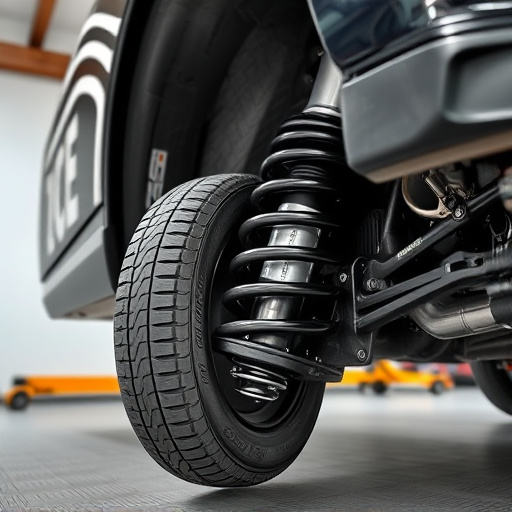
When considering a resonator delete or muffler delete, it’s crucial to balance performance gains with legal and safety considerations. Both modifications can enhance engine sound and improve exhaust flow, potentially increasing horsepower and torque. However, they do so in different ways. A resonator delete targets specific frequency ranges, often resulting in a deeper, more aggressive exhaust note, while a muffler delete reduces overall noise levels but may not offer the same dramatic performance boost.
Legally, the impact of these deletes varies by region. In some areas, modified exhaust systems require approval or registration, especially if they exceed certain noise limits. Ignoring these regulations can lead to fines or legal issues. To ensure compliance, consider upgrading to coilover kits or air filter kits that complement your delete while maintaining or improving overall vehicle performance and safety. Always check local laws and consult with a professional installer for guidance.
When considering a resonator delete versus muffler delete, understanding the distinct roles of these components is key. While both modify exhaust sound, they do so in different ways. Resonator deletes target specific frequency ranges, often enhancing performance and reducing droning, while muffler deletes produce a more aggressive, high-pitched exhaust note. Before making a decision, weigh legal restrictions in your region and consider the potential impact on engine performance. Ultimately, the choice depends on personal preference, with each option offering unique advantages for customization and sound enhancement.








